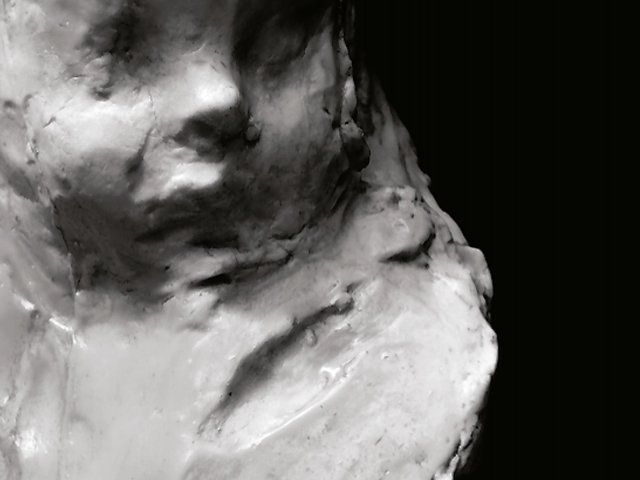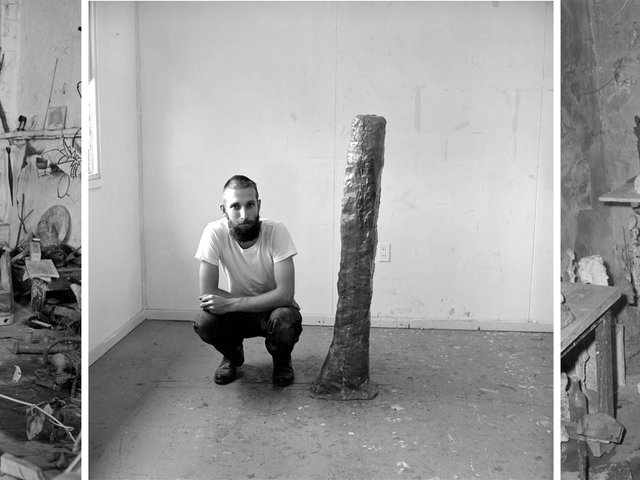Eduardo Paolozzi found fame as the “godfather” of Pop art, but most Londoners will know the Scottish artist for his mosaics at Tottenham Court Road underground station, which were reinstalled earlier this month after being restored.
Now a major retrospective opening at the Whitechapel Gallery today (until 14 May) aims to reveal the many–and often little-known facets–of Paolozzi’s varied output, which included everything from paintings and sculpture to pottery and tapestries.
“Paolozzi reinvented himself almost every decade, he was always breaking with convention,” says Daniel Herrmann, the curator of the show. “A lot of people will know him for his public sculptures from the 1980s and 1990s, but this exhibition is full of surprises.”
The exhibition begins with a group of brutalist concrete sculptures from the 1940s, which have been reunited for the first time since they were exhibited at the Mayor Gallery in London in 1947, when Paolozzi was just 22.
“Working with roughly hewn concrete was not the done thing at the time,” Herrmann says. “It was not the polished rosewood of Barbara Hepworth or the smooth bronzes of Henry Moore. These are working men sculptures.”
Among the rarely seen works on display are a group of revolutionary screen prints from the 1960s and 1970s that incorporate images culled from the mass media, bronze works from the 1980s and a series of reliefs from the 1970s that translate music into visual patterns. Better-known pieces include the groundbreaking performance-cum-lecture Bunk! (1952), Paolozzi’s large-scale Whitworth Tapestry (1967) and the Surrealist-style sculpture Diana as an Engine (1963), which resembles a fire hydrant.
Works have been loaned from private and public collections including the British Council, the National Galleries of Scotland and the Tate.





